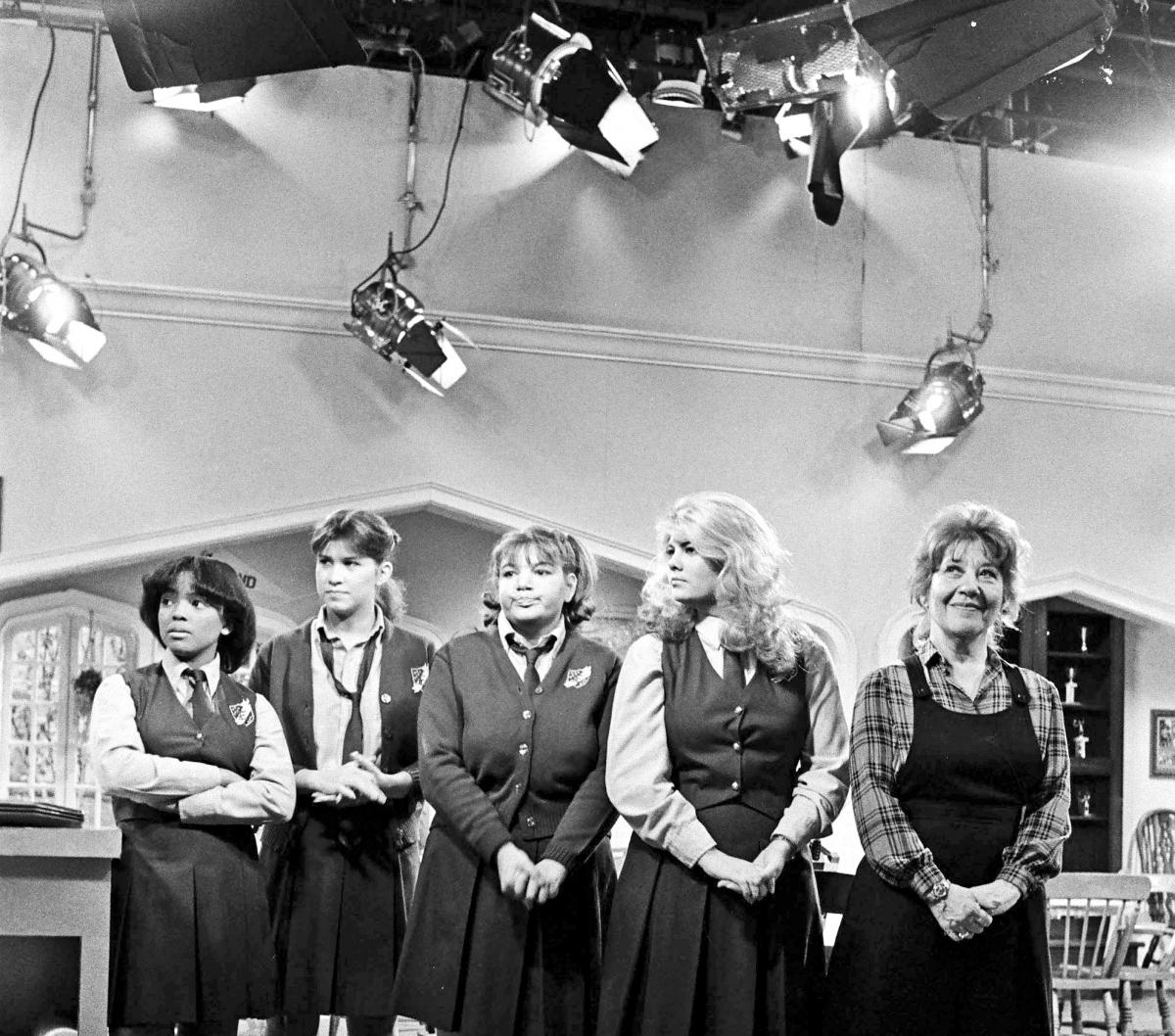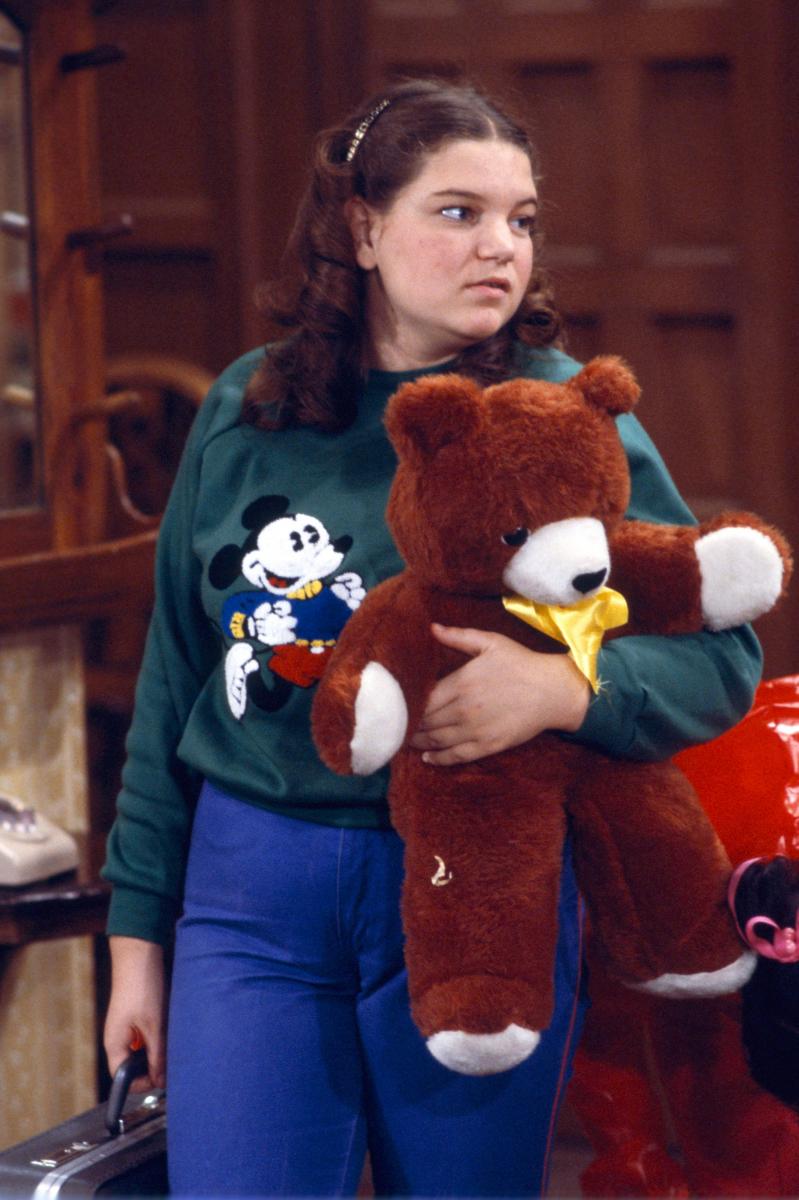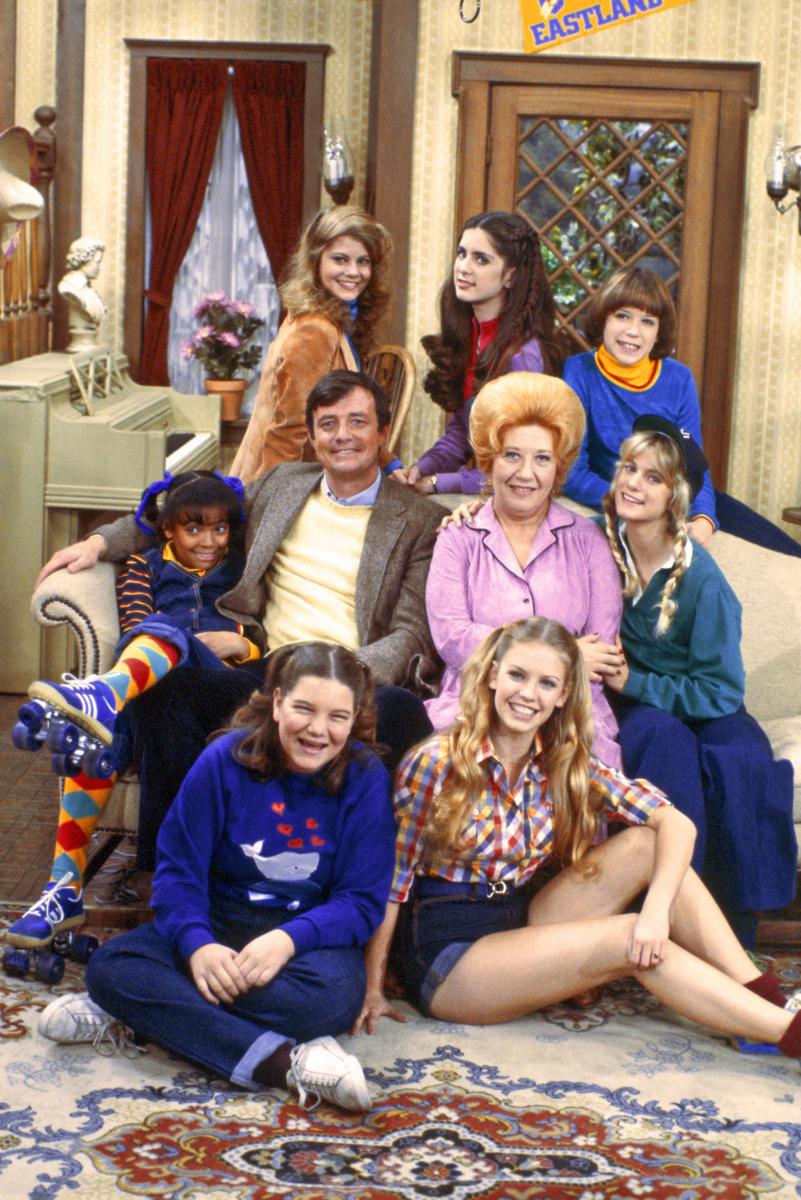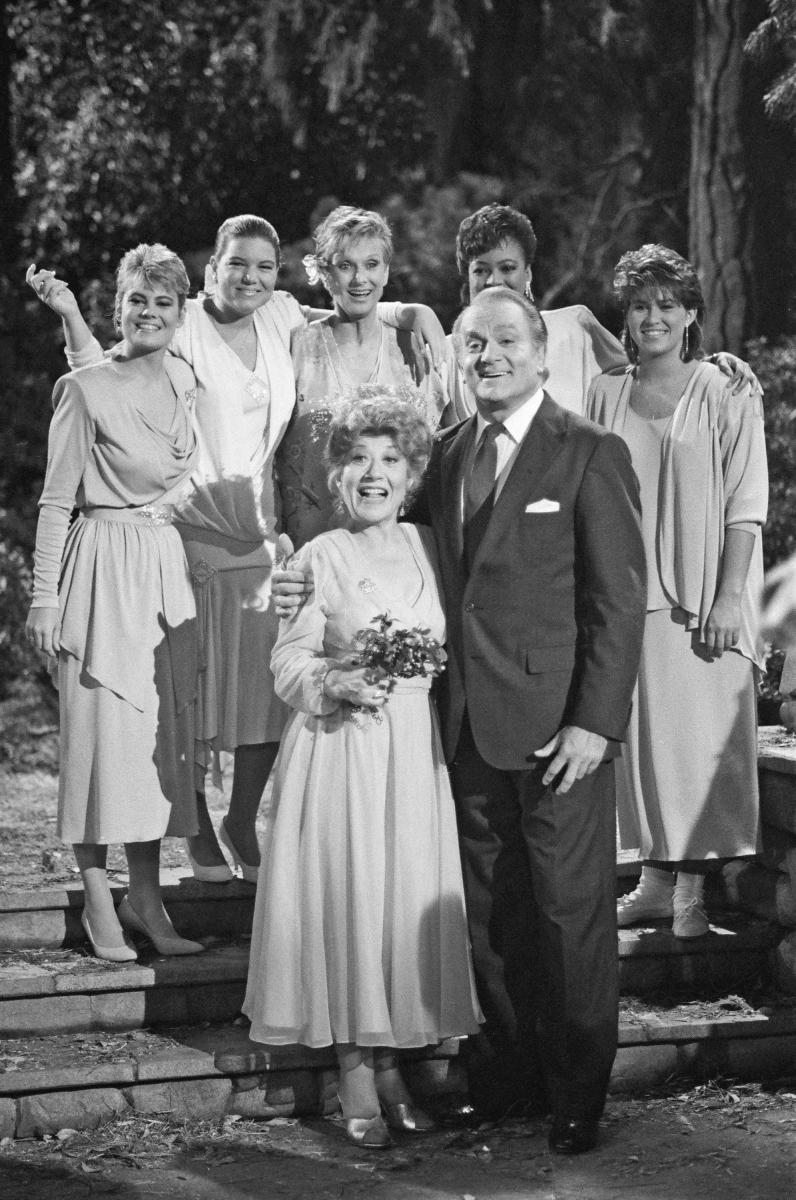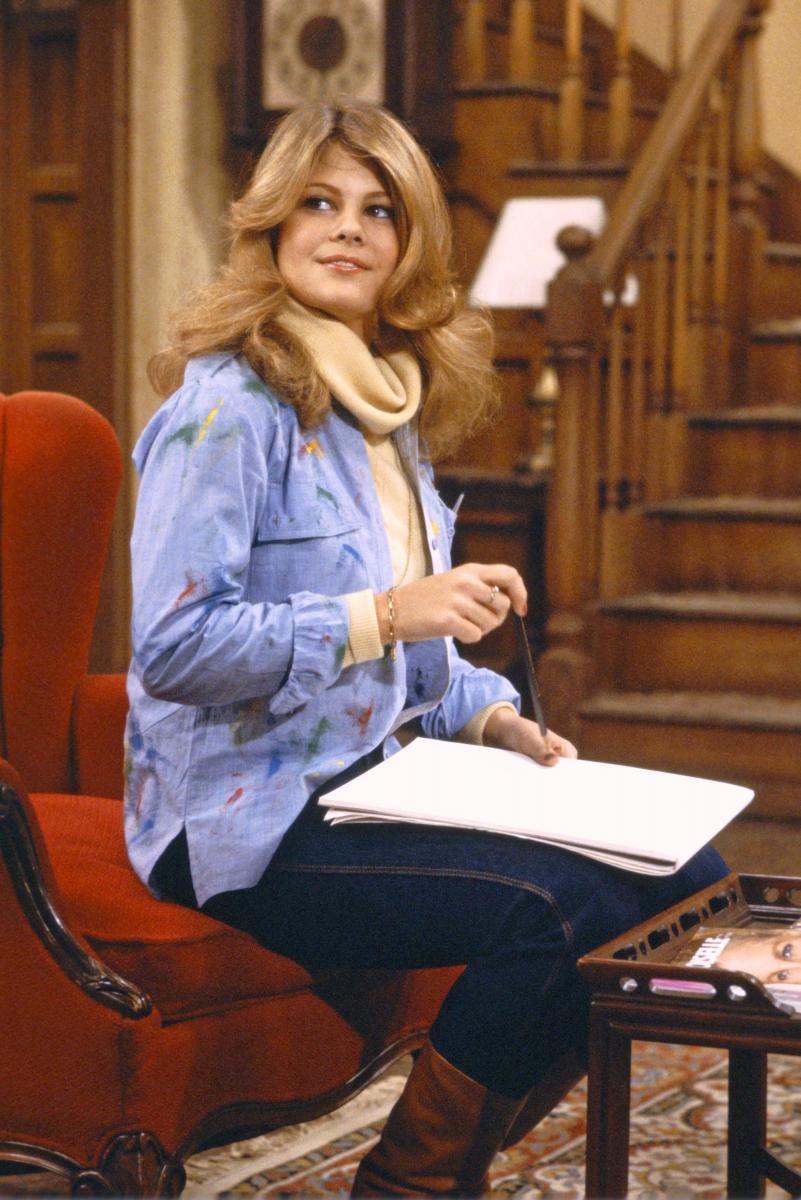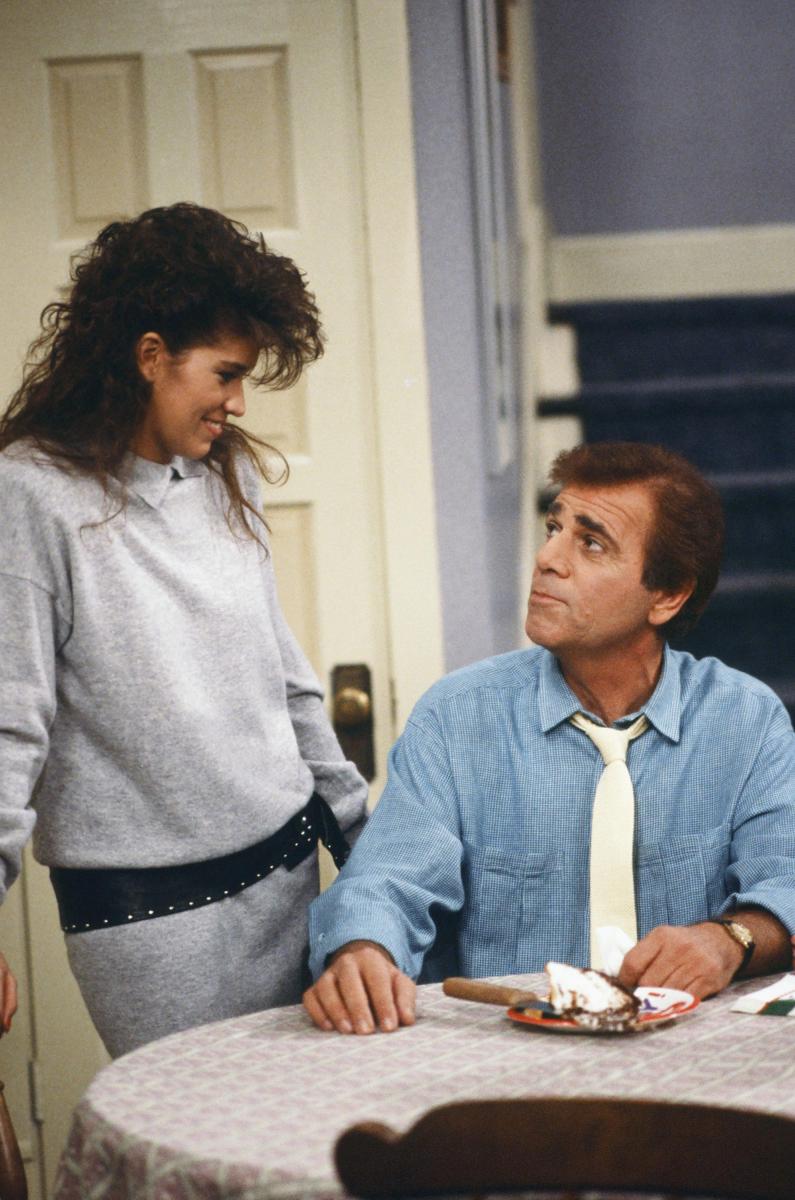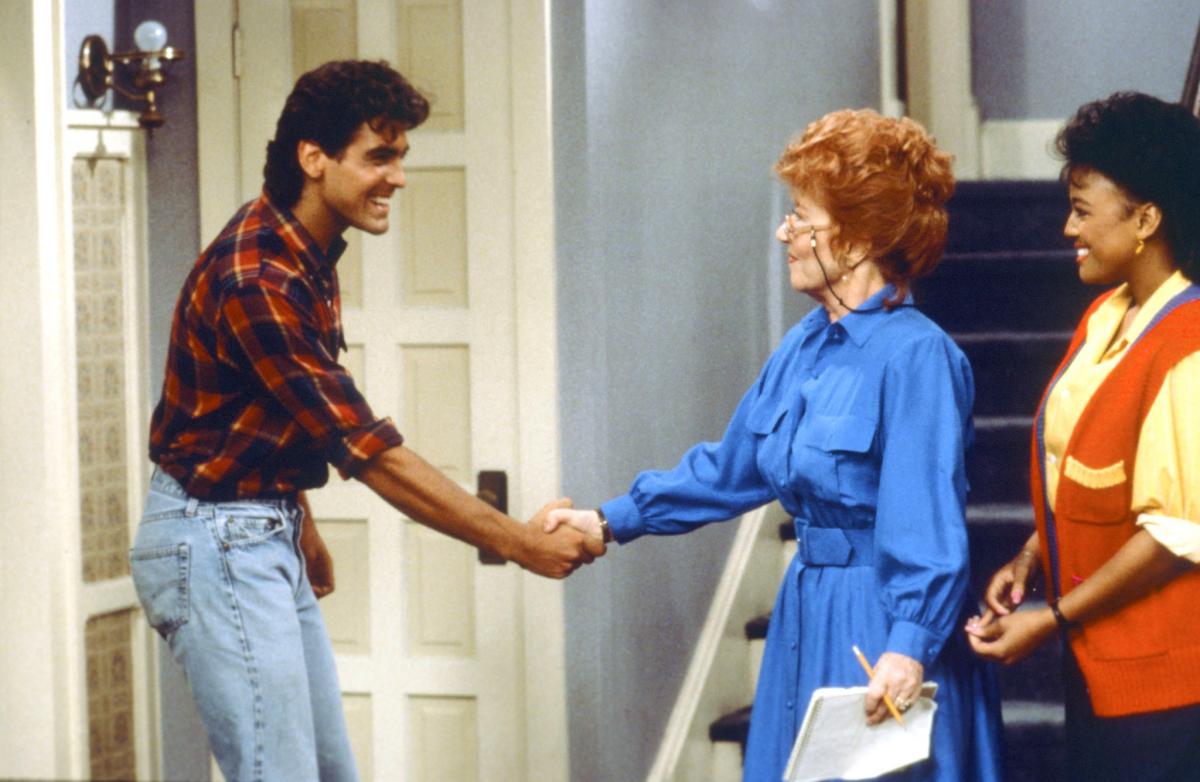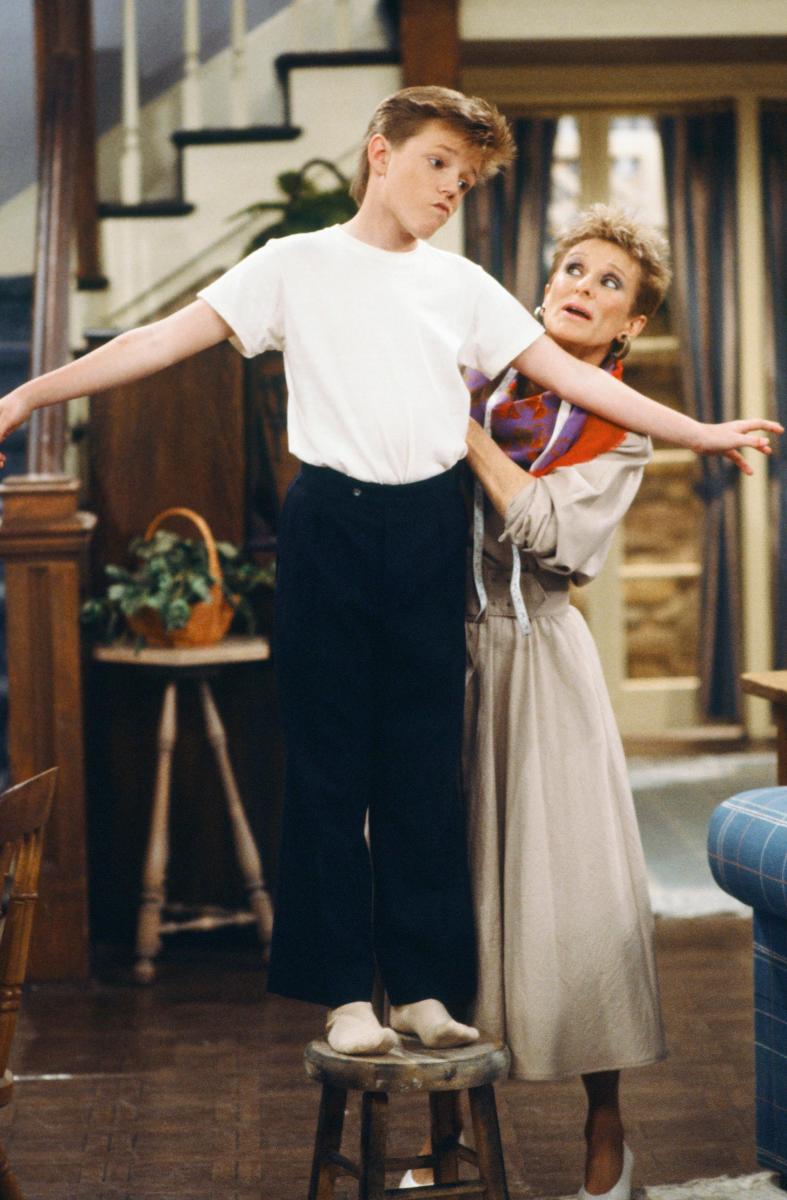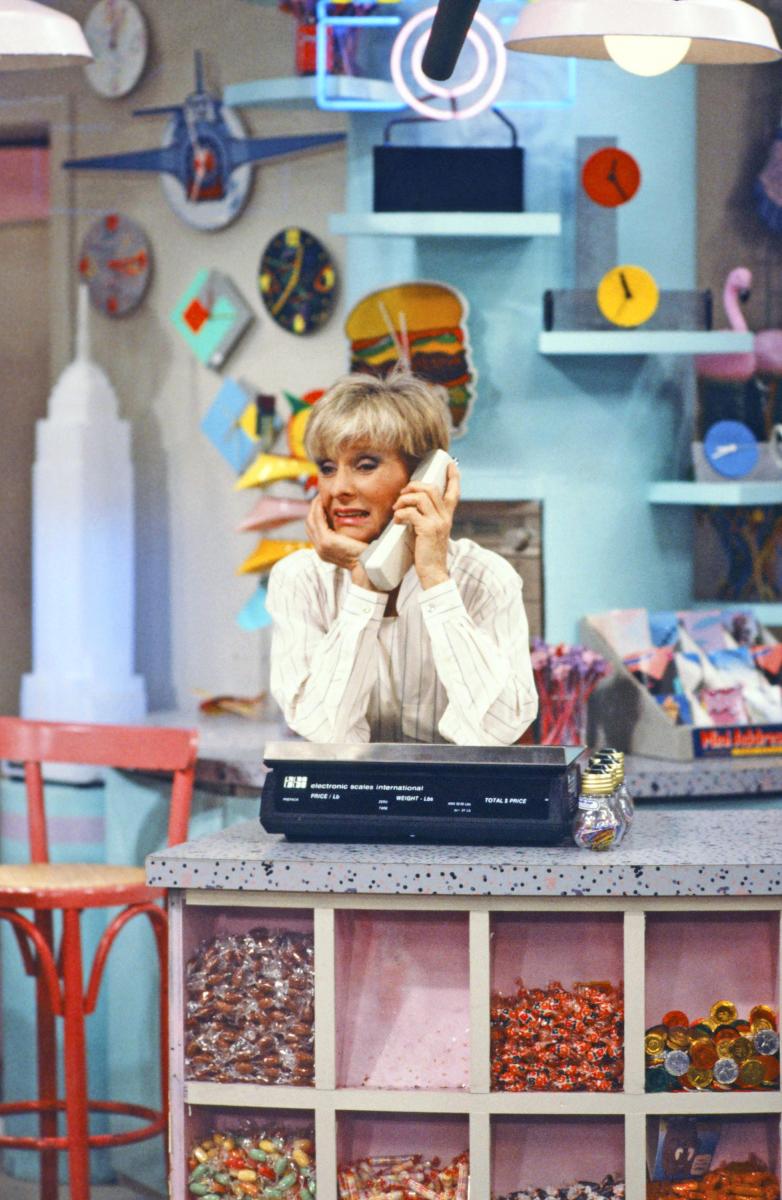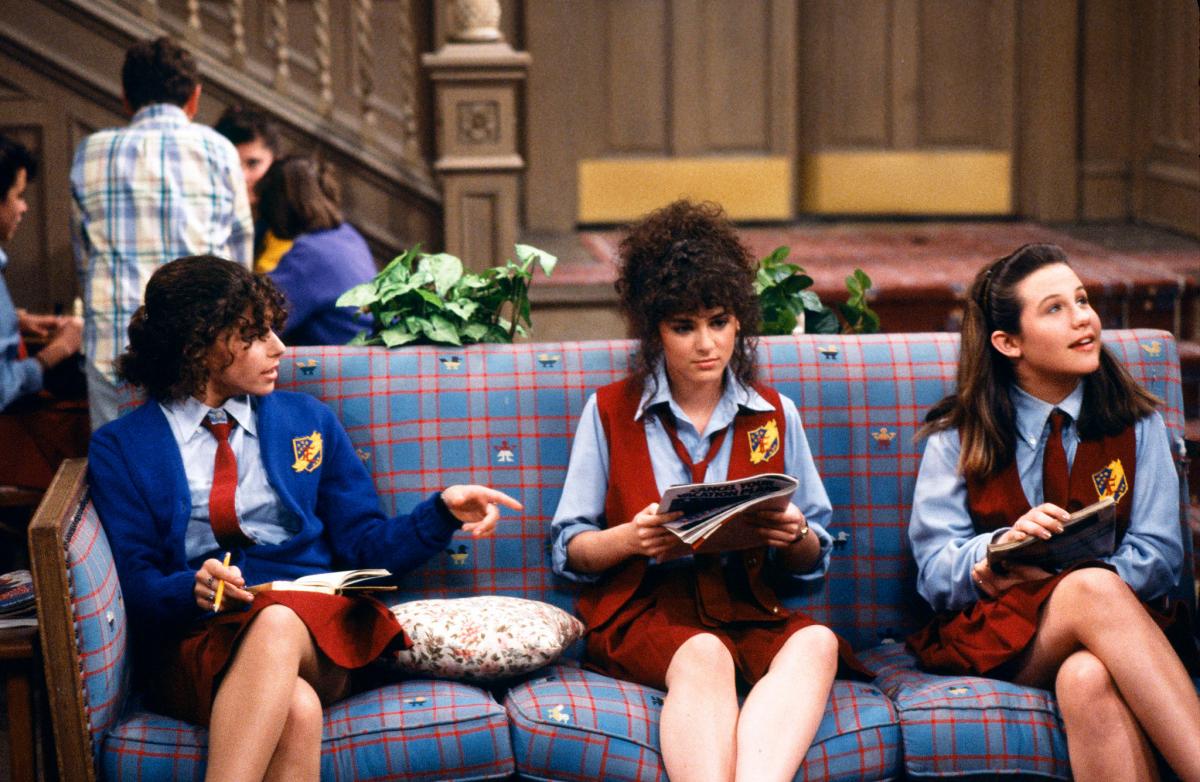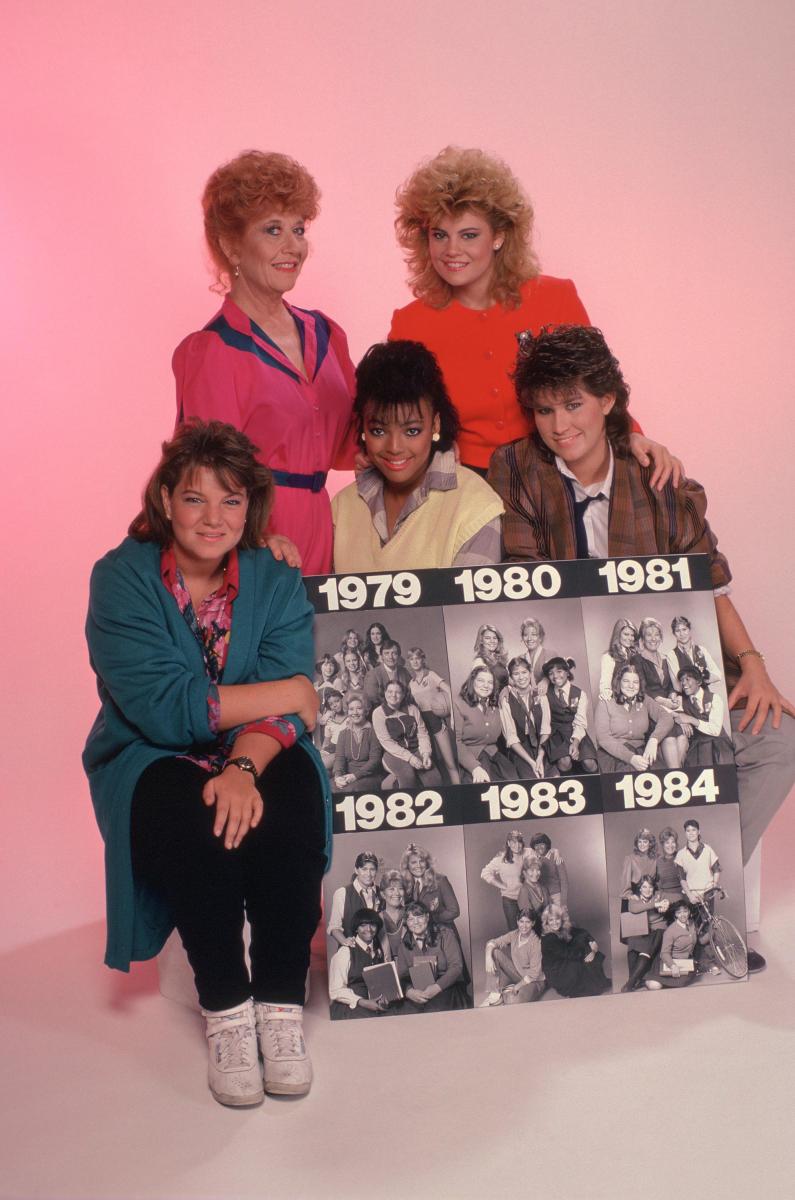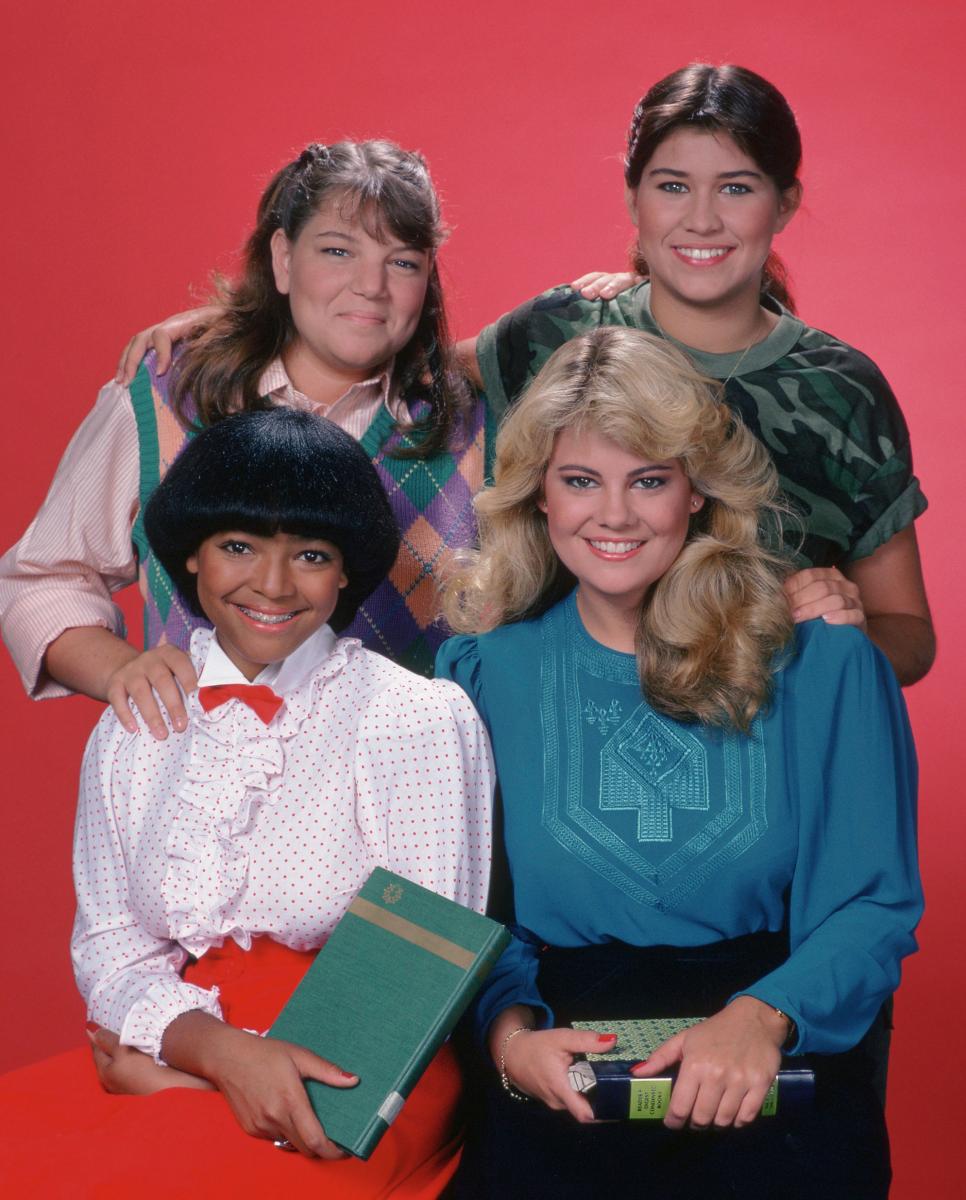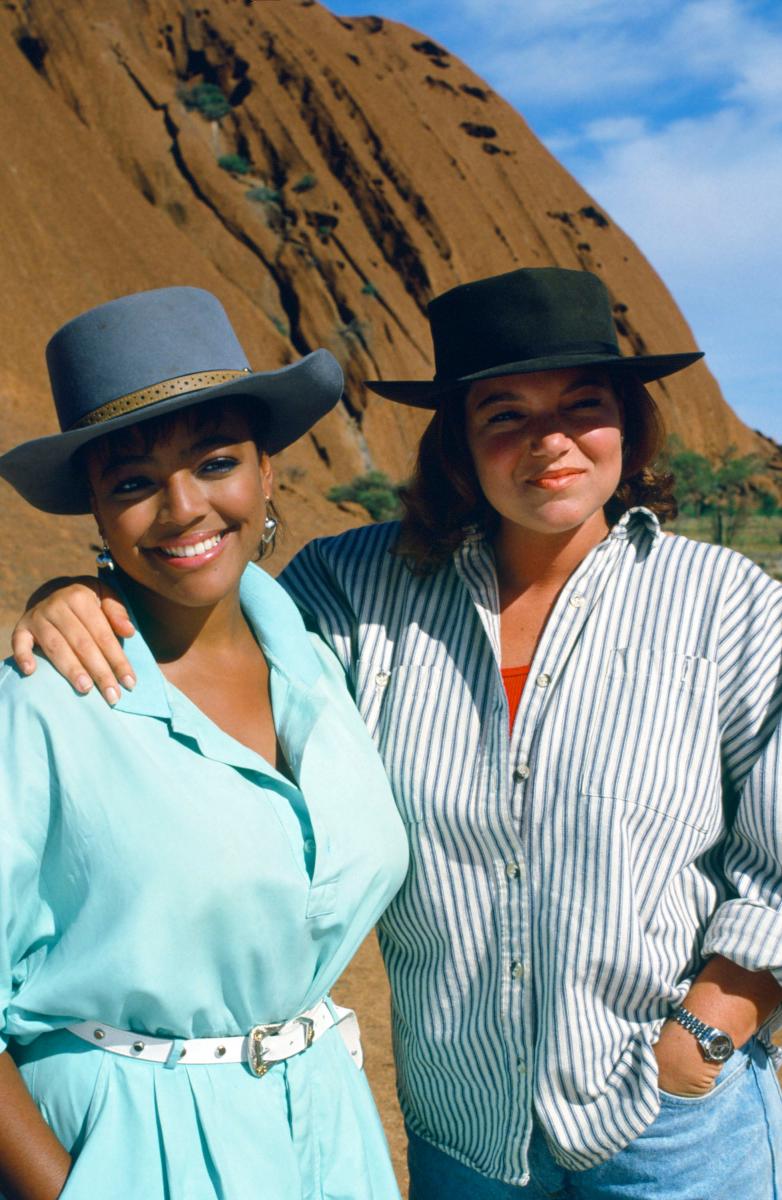It’s been more than 25 years since viewers last saw Blair, Jo, Natalie, and Tootie together—aside from a Jo-less reunion TV movie in 2001—but for the cast, crew, and fans, The Facts of Life remains a landmark show.
Bowab: The Facts of Life was never considered a prestige show compared to the other shows that were on the air at the time, but it was a show that, even if you’d wanted to kill it, you couldn’t. They shifted it from one night to another night, from Wednesday to Saturday, but it had a tremendous fanbase—young girls, mostly—and they followed it. All of these girls would come to tapings, and they’d literally stomp the floor, they were so excited.
Morina: Over the years, I’ve met and worked with a lot of people, and they always gave me credibility because I worked on that show.
Mayer: As I go through life, whenever I tell someone I was an exec producer of The Facts of Life, they always go, “Oh, my God, that was my favorite show! That was such a great show!”
Bowab: It’s amazing: I’ve done a lot of shows since then, but people will still come up to me and say, “Oh, my God, you did The Facts of Life!” With Google, there’s no hiding it. Your name’s out there, and if they’re fans, they’ll find out.
Kelada: Several years later, when I was working on Dharma and Greg, I think it was, I was approached by one of the writers, who was obviously younger, and she said that she knew my name because she used to watch The Facts of Life with her mother. They used to watch it together just before she went to bed, so whenever the episode was over, her mother would say, “Okay, it’s Asaad Kelada time!”
Thicke: I’m always proud when I see [the opening lines of the theme song] show up as a spoken line in a sketch on television. I mean, I’ve seen it on Saturday Night Live, I’ve seen it on 2 Broke Girls, and someone referred me to its use on The Goldbergs. There have been a number of shows that—flatteringly—will liberally quote lines from the song like they actually meant something. I take that as a tribute to that demographic that grew up watching that show and to whom that lyric must’ve resonated. But when stuff like that comes up and I’m sitting with my teenage son, I usually elbow him and say, “See? Your dad wasn’t such a stiff back then. I had a couple of things that stuck!”
Jewell: I did 24 episodes of Deadwood on HBO—twice as many episodes as I did of The Facts of Life—but to this day, more people come up to me on the street and say, “Oh, my God, you’re Cousin Geri!”
Astin: Not long ago, I watched the episode where Natalie loses her virginity. That was a big deal. But I’d forgotten how great Robert Romanus was as Snake—just so, so good. He’s somebody who’s just a terrific actor, but I guess for a guy like him, when you play a part that’s as memorable as Mike Damone [in Fast Times at Ridgemont High], it’s hard for people to shake that. It’s like my old man [John Astin] with Gomez Addams. It’s hard for people to see him as anything but that. It’s curious, because it’s a testament to your talent, but if you look at it in a negative light, it can also be a curse.
But my old man is pretty much known for one character, and he—to me—has been an incredible example of how to make the best of that, because he allows the love that people have for Gomez to exist within him, and now there’s nothing negative about the fact that people know him as that. And though I have done quite a bit more work, mostly people remember me for being an ancillary character on a popular television show. But I have found eventually that the more I love that, the more it loves me.
Probst: When people come up to me, a lot of times they’ll say, “God, you look so familiar,” and when they do, I never tell them why they might recognize me, because the times that I’ve done that, they look at me like I’m crazy. “No, that’s not it…” [Laughs.] But after they think about it, I usually get something along the lines of, “I loved you on The Facts of Life, because you were just an all-American girl, and I could completely relate to you.” And then right after that, it’s usually, “Why did they get rid of you?“ and I’m, like, “Well, I don’t know. You’d have to ask them.” But then I end up defending the show, first of all because that’s show business, but also because obviously it ended up running longer and ended up making a difference in so many young girls’ lives.
McKeon: I’m grateful for my fellow ladies. It’s an experience that is unique to us. We have all those memories that are ours to share. I’m happy that other people found joy in watching the show or help in watching the show or whatever, and my life is so completely better for having had that experience. Anything else, you’ve got to let go.
Whelchel: In the middle of doing the series, being young, I don’t think I had the kind of perspective to realize or appreciate what kind of an impact it was having. But with age and time and now having that perspective from meeting women who watched the show when they were younger, it’s made me so incredibly grateful to have been a part of something that’s been able to bring so much joy to so many people.
Rae: People still come up and tell me how much Mrs. Garrett and the girls meant to them when they were growing up. And some people who really didn’t have much of a family life will tell me that it felt like I was their mother, because of the warmth of Mrs. Garrett. Knowing that I was doing a service to some children who were in need, that I was there for them with what they felt was an unconditional love, that makes me so happy.

